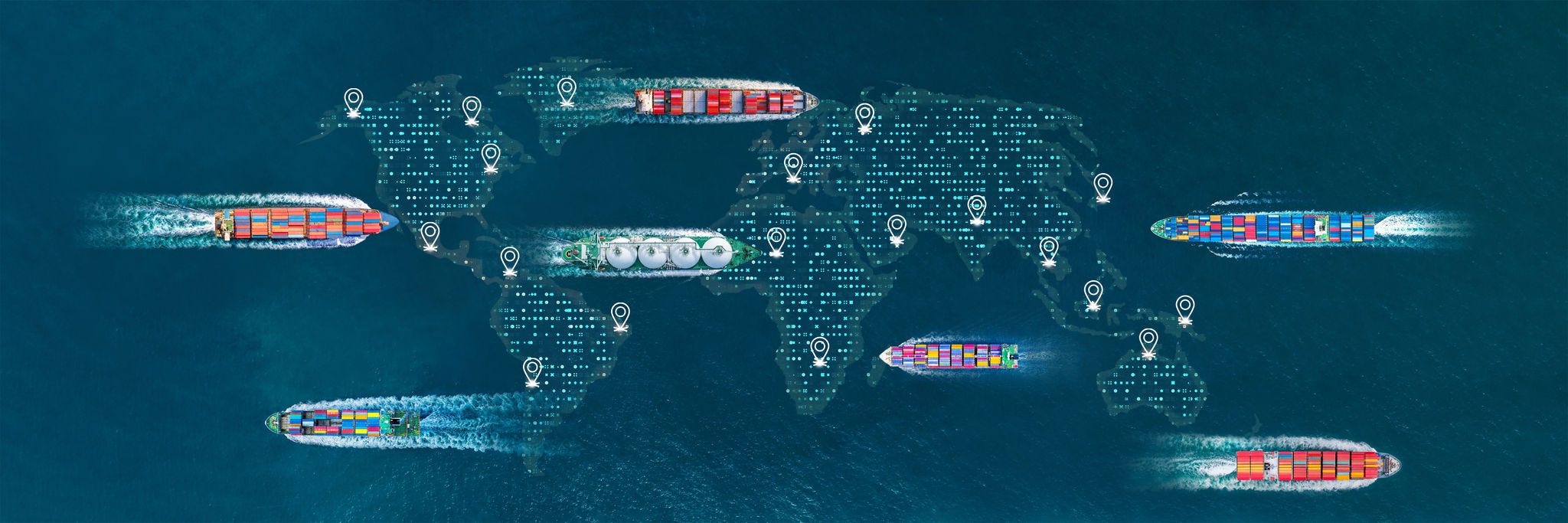For several decades, globalisation has shaped the world’s economic landscape. Global value chains (GVCs) emerged, reflecting the increasing division of labour between countries and industries in the production of goods and services. Merchandise and services trade flows saw a steady upward trend, along with significant foreign direct investment.
Even if, in the face of geopolitical tensions, the trend towards more globalisation has slowed, understanding regional and global value chains remains more important than ever: the pandemic showed how supply chains can be fragile, leading to questions about their resilience; concerns about climate change have made apparent the need to estimate greenhouse gas emissions that are embodied in internationally traded goods; international political tensions require good evidence on trade dependence, for example for energy products and there is a long-standing question about how much value-added (wages, salaries, profits, taxes) each country generates through participation in global value chains.
A statistical infrastructure is essential to provide key answers to these questions, by mapping flows of production, consumption, investment within countries and flows of international trade between countries, broken down by economic activity and by country, globally and in a consistent manner and for a period that makes such data fit for analytical purposes. The OECD Inter-Country Input-Output (ICIO) database purports to do exactly this.
